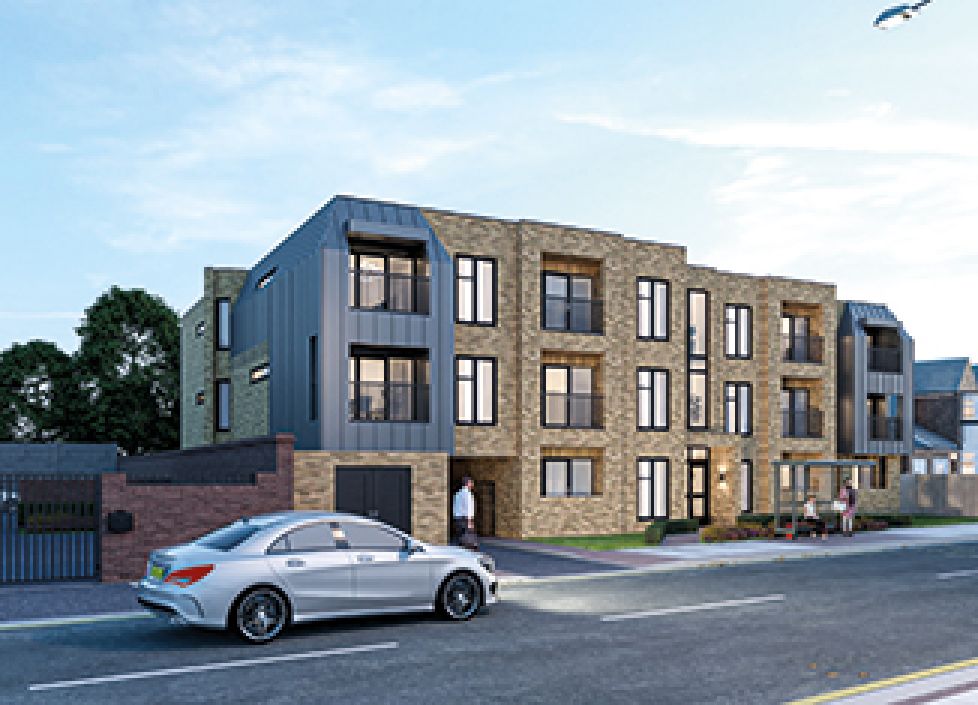According to the Royal Institution of Charted Surveyors (RICS), the average number of housing transactions per surveyor over the last three months is now at 17.4, which is the lowest figure since 1978.
The RICS Housing Market Survey for May also found that there was a slight improvement in the number of surveyors reporting a fall in house prices from -94.7% in April to -92.9%, which is the first improvement for 10 months. On a regional level it was East Anglia and the South East which faired worst with both areas reporting that the rate of decline was the fastest seen since the survey began. Northern Ireland showed the only glimmer of positivity with a slight improvement to the number of surveyors reporting a fall. The figures for surveyors reporting new buyer enquires still remained weak, although there was a slight recovery over May to -51% from -69% in April.
There was a 26% fall in new instructions to sell property during May. According to RICS, this decline in new instructions is providing support to the housing market because the lack of supply is currently preventing any significant falls in house prices. A low number of distressed sales has meant fewer properties on the market, although this is very much dependent on the wider economy and employment remaining high.
Simon Rubinson, chief economist for RICS, told PIN: “There is currently a huge amount of uncertainty surrounding the economy and no-one can predict with any certainty what is going to happen. We certainly have concerns surrounding new instructions and by implication distressed sales but there is a stark contrast to the early nineties.
“In the early nineties the economy hit the buffers and fell into a deep recession which led to a huge wave of distressed sales. I don’t know any forecaster who is predicting that. There could be a modest increase in unemployment which may lead to an increase in distressed sales but there is no comparison to what happened in the nineties.”
The monthly magazine providing news analysis and professional research for the discerning private
investor/landlord




















